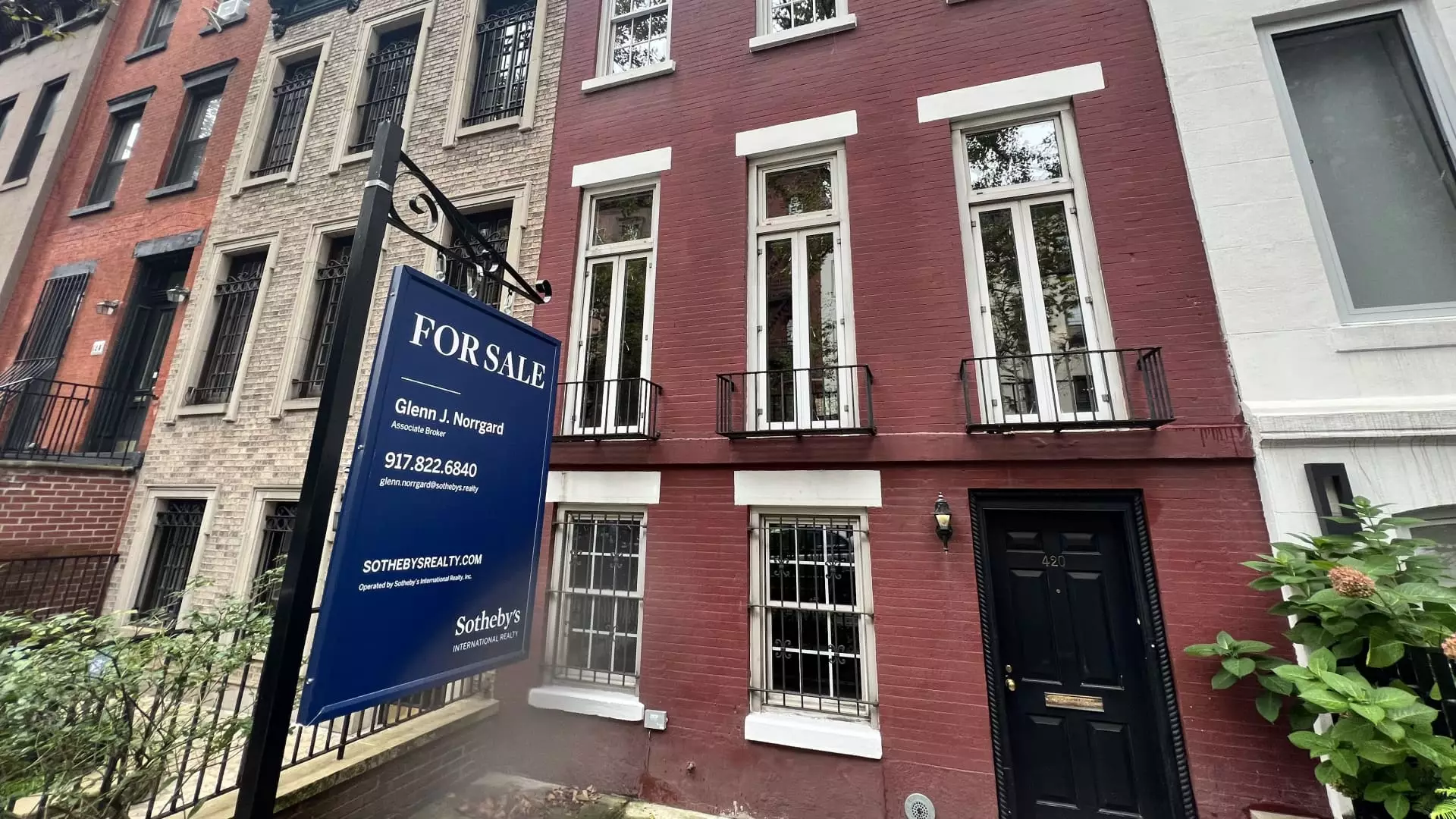Recent reports indicate that the heat in the housing market is beginning to cool down, with home prices experiencing a decline in their upward trajectory. While prices remain higher compared to a year ago, the rate of price appreciation has slowed significantly. According to data from real estate brokerage Redfin, the typical house sold for slightly less than its asking price during the four weeks ended June 23, marking the first time since the onset of the Covid-19 pandemic that homes sold below their list price. This decline is a stark contrast to the market conditions of two years ago when homes were fetching prices well above the list price.
One of the factors contributing to the moderation in home prices is the persistently high mortgage rates. The average rate on the 30-year fixed mortgage has remained above 7% for the past three months, making it more challenging for buyers to afford higher-priced homes. The affordability constraints imposed by high mortgage rates are prompting some sellers to readjust their pricing strategies to attract buyers.
The increase in housing inventory is another factor influencing the shift in pricing dynamics. Total active listings are now 35% higher than they were a year ago, providing buyers with more options to choose from. This increase in supply is acting as a moderating force on prices, as sellers are facing greater competition in the market. Despite the recent uptick in inventory levels, housing supply remains below pre-pandemic levels, underscoring the continued imbalance between supply and demand.
The evolving market conditions are leading to a divergence in sentiment among buyers and sellers. Some buyers are under the impression that they can secure a better deal due to the cooling market, while some sellers remain optimistic about achieving top dollar for their homes. This dichotomy in perceptions is reflective of the uncertainty and adjustments taking place in the housing market.
The housing market is experiencing a period of transition characterized by shifting pricing trends, supply dynamics, and changing market sentiment. As buyers and sellers navigate these evolving conditions, it is essential to stay informed and adaptable to capitalize on opportunities in the evolving landscape of the real estate market.

